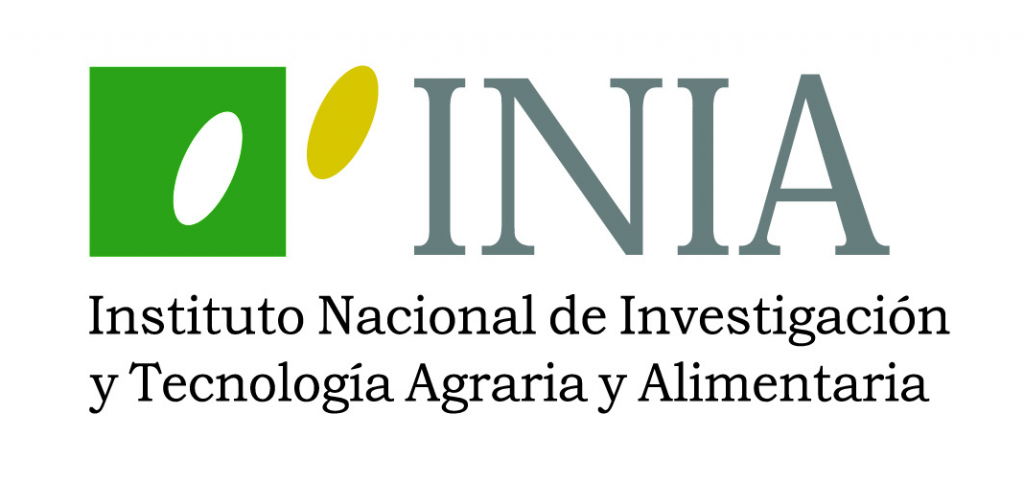Capturing neutral and adaptive genetic diversity for conservation in a highly structured tree species
Preserving intraspecific genetic diversity is essential for long- term forest sustainability in a climate change scenario. Despite that, genetic information is largely neglected in conservation planning, and how conservation units should be defined is still heatedly debated. Here, we use maritime pine (Pinus pinaster Ait.), an outcrossing long- lived tree with a highly fragmented distribution in the Mediterranean biodiversity hotspot, to prove the importance of accounting for genetic variation, of both neutral molecular markers and quantitative traits, to define useful conservation units. Six gene pools associ- ated to distinct evolutionary histories were identified within the species using 12 micros- atellites and 266 single nucleotide polymorphisms (SNPs). In addition, height and survival standing variation, their genetic control, and plasticity were assessed in a multisite clonal common garden experiment (16 544 trees). We found high levels of quantitative genetic differentiation within previously defined neutral gene pools. Subsequent cluster analysis and post hoc trait distribution comparisons allowed us to define 10 genetically homogene- ous population groups with high evolutionary potential. They constitute the minimum number of units to be represented in a maritime pine dynamic conservation program. Our results uphold that the identification of conservation units below the species level should account for key neutral and adaptive components of genetic diversity, especially in species with strong population structure and complex evolutionary histories. The environmental zonation approach currently used by the pan- European genetic conservation strategy for forest trees would be largely improved by gradually integrating molecular and quantitative trait information, as data become available
DÓNDE ESTAMOS
ETS Ingenierías Agrarias Universidad de Valladolid - Avd. Madrid s/n
34004 - PALENCIA - Localización
www5.uva.es/etsiiaa/
INIA-CIFOR - Ctra. A Coruña km 7,5
28040 - MADRID - Localización
www.inia.es
COLABORACIÓN
Etiquetas
BOLETÍN IUGFS
Si deseas estar informado, apúntate a nuestro boletín electrónico.


